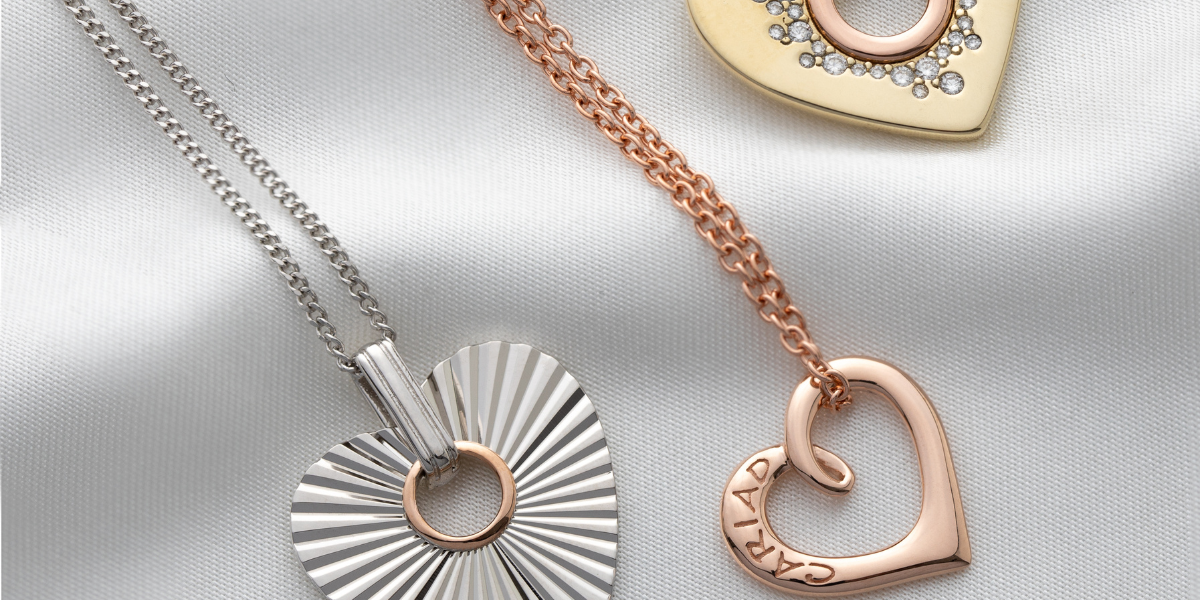To become a Vogue Business Member and receive the Technology Edit newsletter, click here.
Snapchat wants AR try-on to be a standard shopping tool so shoppers can wave their phones and try on the latest Puma hoodie.
The tech firm is opening up access to its AR technology, as well as expanding AR try-ons, in a bid to deepen its relationship with brands and retailers as social media platforms pivot to metaverse companies.
New tools will make it easier for brands to create three-dimensional, photorealistic versions of products, and easier for consumers to try these products. For the first time, brands can integrate these AR try-on tools within their own apps, meaning that they don’t have to develop or acquire this technology independently. Puma and Ralph Lauren are early testers. Snapchat users will also be able to more easily discover products to digitally try on, via Snap’s new “Dress Up” section, which is the first time it has created a specific destination for this type of content.
By letting other apps and developers use Snapchat’s technology outside of the Snapchat app for free, Snap hopes that AR adoption and development will expand. Despite being relatively mainstream, there is “unrealised potential”; only 3 per cent of US adults regularly use AR while shopping, while 39 per cent of respondents are interested in using it, according to a report this month from Insider Intelligence. “We want to empower use cases where the context would change the type of experience compared to what you would build for Snapchat,” says Carolina Arguelles Navas, Snap’s global AR product strategy and product marketing lead.
AR has long been a point of focus for Snap, which said at its annual summit on Thursday that since January of last year, more than 250 million people have used its AR shopping lenses more than 5 billion times. Increasingly, the company is leaning into its identity as a camera company, rather than a social media or advertising-driven company, as it sees a bigger opportunity in providing camera and AR-based infrastructure to brands and creators as extended reality and the metaverse proliferates. Many of these new updates make this aim more obvious, says Navas. “We want to be a business-to-business tech solution because of the value we can give brands,” she says. “We believe that AR is the future, and for that to happen, we want more partners and companies and people to build in AR and think about how that helps to solve new problems that we aren’t solving on our own.”





